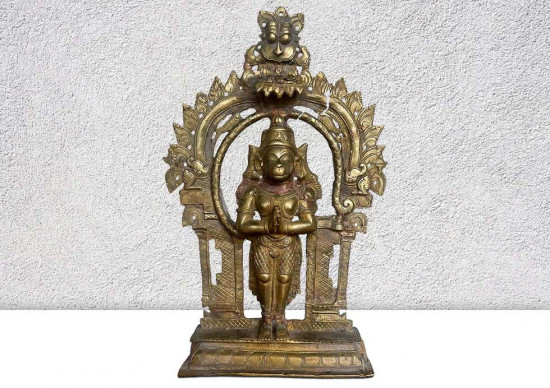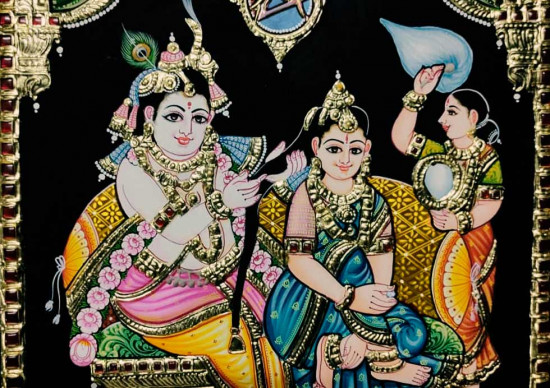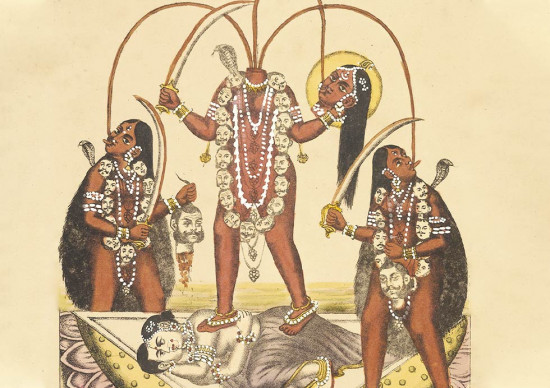
India, a nation renowned for its multitude of cultures and customs, is famed for its lively festivals that honor the intricate blend of spirituality, heritage, and unity. Among these, the Maa Durga Puja is a standout, being one of the most magnificent and universally cherished celebrations. This all-encompassing handbook invites you to explore the intricate fabric of the Maa Durga Puja, offering insights into its historical roots, ceremonial practices, importance, and the diverse cultural elements that combine to make it an extraordinarily splendid occasion.
The Origins of Maa Durga Puja
To understand the essence of Maa Durga Puja, we must first look back to its origins. The roots of this revered festival trace back to ancient Hindu mythology. Maa Durga, the divine goddess, represents the embodiment of feminine power, courage, and the destroyer of evil forces. According to legend, she was created by the combined energies of various gods to vanquish the formidable demon Mahishasura. Her triumph over evil signifies the victory of good over evil and the empowerment of the divine feminine.
The Significance of Durga Puja
Durga Puja holds profound significance in the hearts of millions. It typically spans nine days, known as Navaratri, culminating in the grand celebration of Dussehra or Vijayadashami. This festival symbolizes the triumph of righteousness, the importance of self-discipline, and the belief in the ultimate victory of good over evil.
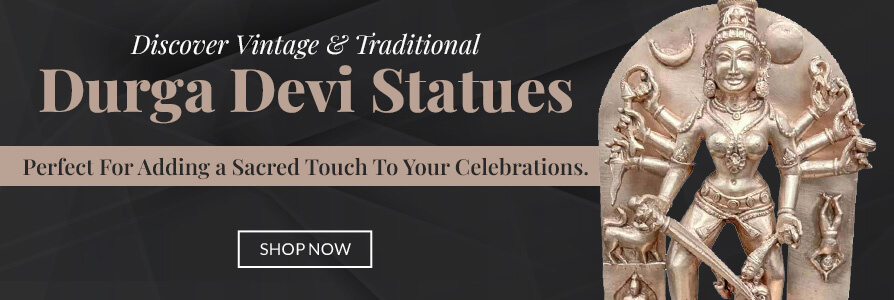
The Preparations
The excitement for Maa Durga Puja starts months in advance. Committees are formed, pandals (elaborate temporary structures) are constructed, and idols of Maa Durga are meticulously crafted. The entire process involves the collective effort of the community, making it a symbol of unity and devotion.
The Arrival of Maa Durga

On the first day of Durga Puja, the welcome of Maa Durga takes place with immense pomp and splendor. The goddess is believed to descend from her heavenly abode to Earth during this time. It is a moment of great joy and anticipation for devotees, as they eagerly await her arrival.
The Iconic Durga Idol
The idol of Maa Durga is the centerpiece of the festival. It is meticulously crafted by skilled artisans who invest months in its creation. The idol is a magnificent embodiment of the goddess, often depicted riding a lion and wielding various weapons. Each aspect of the idol carries symbolism, from her multiple arms representing her divine powers to the various forms of the goddess she embodies.
The Rituals and Offerings
Durga Puja is marked by an array of rituals and offerings. Devotees visit pandals adorned with colorful decorations and intricate artwork. They offer flowers, fruits, and sweets to the goddess, seeking her blessings for prosperity and protection. The conch shell is blown, bells are rung, and devotional songs fill the air, creating an atmosphere of spiritual fervor.
The Dance of Dhunuchi

One of the unique and visually captivating aspects of Durga Puja is the Dhunuchi dance. Devotees perform this traditional dance with a clay incense burner known as Dhunuchi, which emits fragrant smoke. The rhythmic movements, along with the enchanting aroma, add an element of mysticism to the celebrations.
Cultural Diversity and Regional Flavors
One of the remarkable aspects of Maa Durga Puja is how it’s celebrated with unique regional flavors across India. In West Bengal, it’s the grandest festival of the year, with elaborately crafted pandals and grand processions. In states like Assam, Odisha, and Bihar, the festival is celebrated with equal enthusiasm, albeit with their own distinct customs and traditions.
Vijayadashami - The Culmination
The tenth day of Durga Puja is known as Vijayadashami, which marks the culmination of the festival. On this day, the idols of Maa Durga are immersed in rivers or bodies of water, symbolizing her return to her heavenly abode. This ritual, called “Visarjan,” is accompanied by joyous processions and traditional dances.
Maa Durga Beyond Borders
In recent years, Maa Durga Puja has transcended geographical boundaries. The fervor of Durga Puja is enthusiastically observed by the Indian diaspora worldwide. Whether in the United States, the United Kingdom, Canada, or Australia, devotees unite to rekindle the festive essence of Durga Puja in their new homelands. This international celebration not only highlights India’s cultural variety but also serves as a way to stay connected with one’s heritage and nurture communal ties.
The Festival of Togetherness
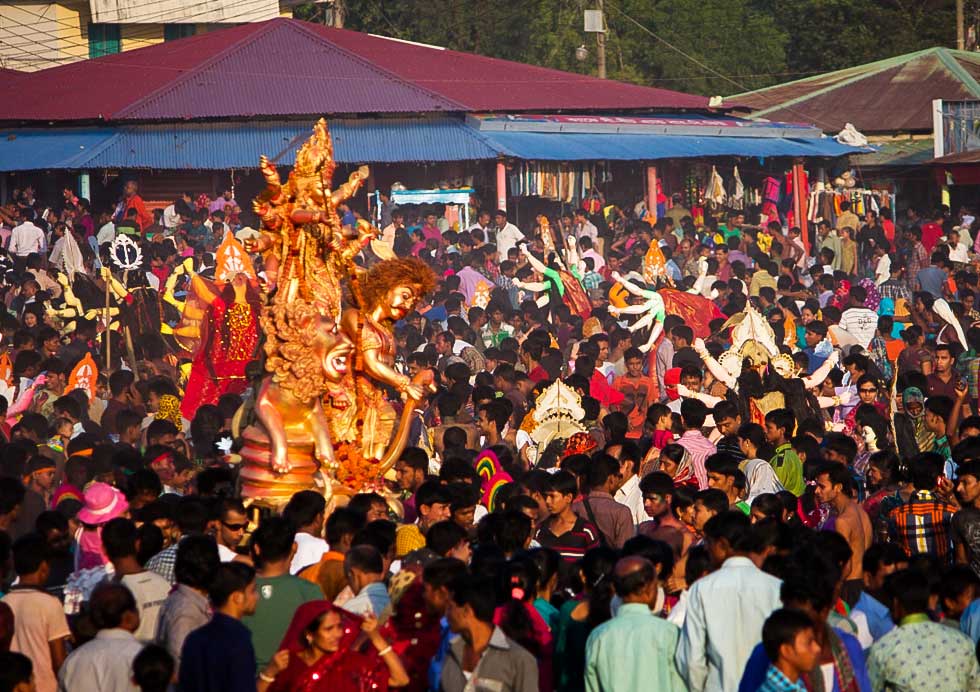
Beyond the rituals and traditions, Maa Durga Puja is a celebration of togetherness. It brings communities closer, transcending differences in caste, creed, and social status. The festival promotes unity and a sense of belonging, fostering an atmosphere of harmony and goodwill.
Conclusion
Maa Durga Puja transcends being just a festival; it embodies the profound cultural legacy, spirituality, and devotion that define India. It’s a moment when communities unite to commemorate the triumph of virtue over vice, the strength of the divine feminine, and the connections that bind us together. While we bask in the splendor of Durga Puja, let us also hold dear the principles it instills—love, unity, and the everlasting pursuit of what is right.


